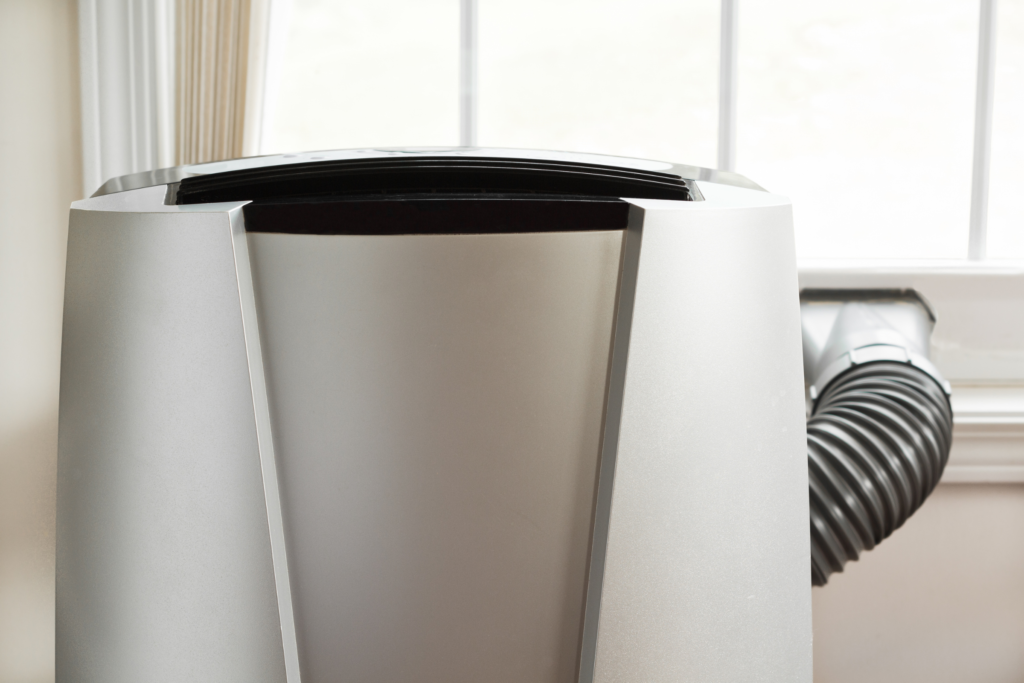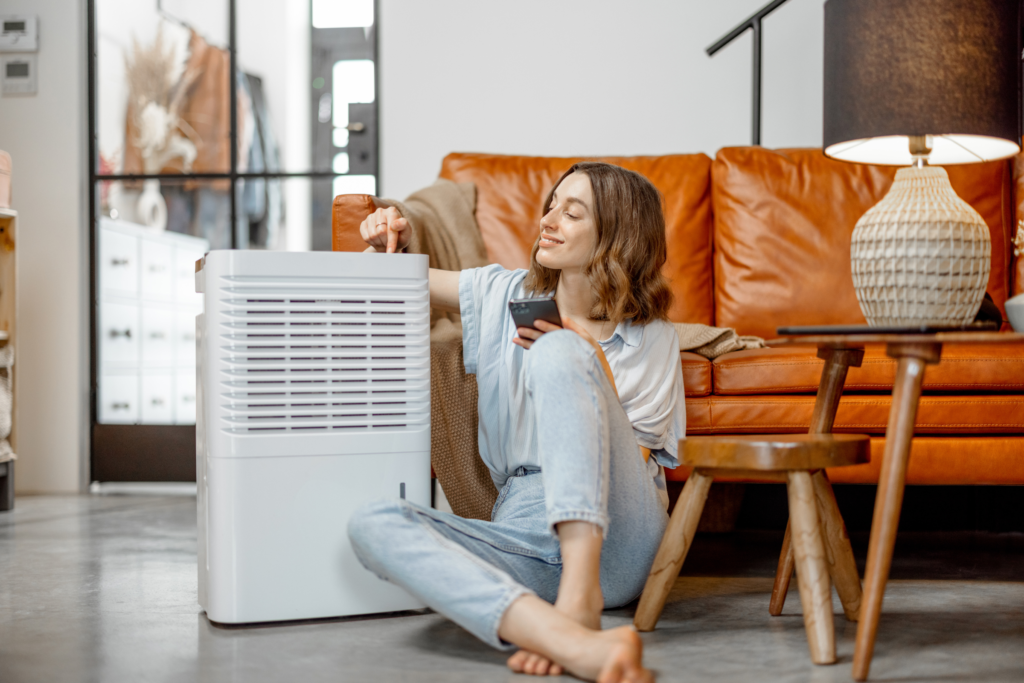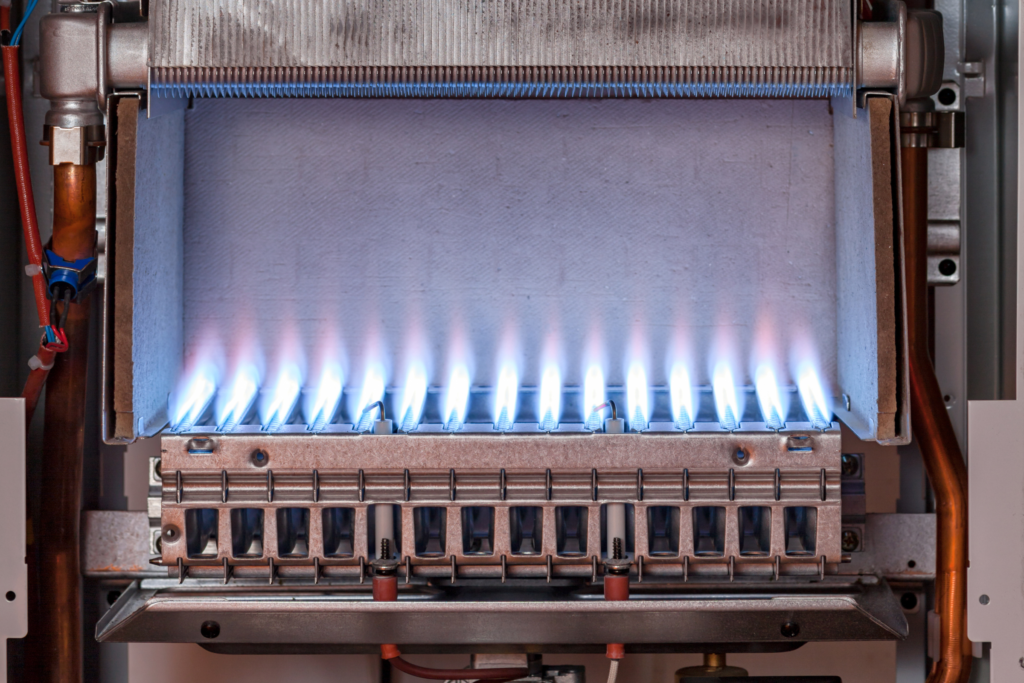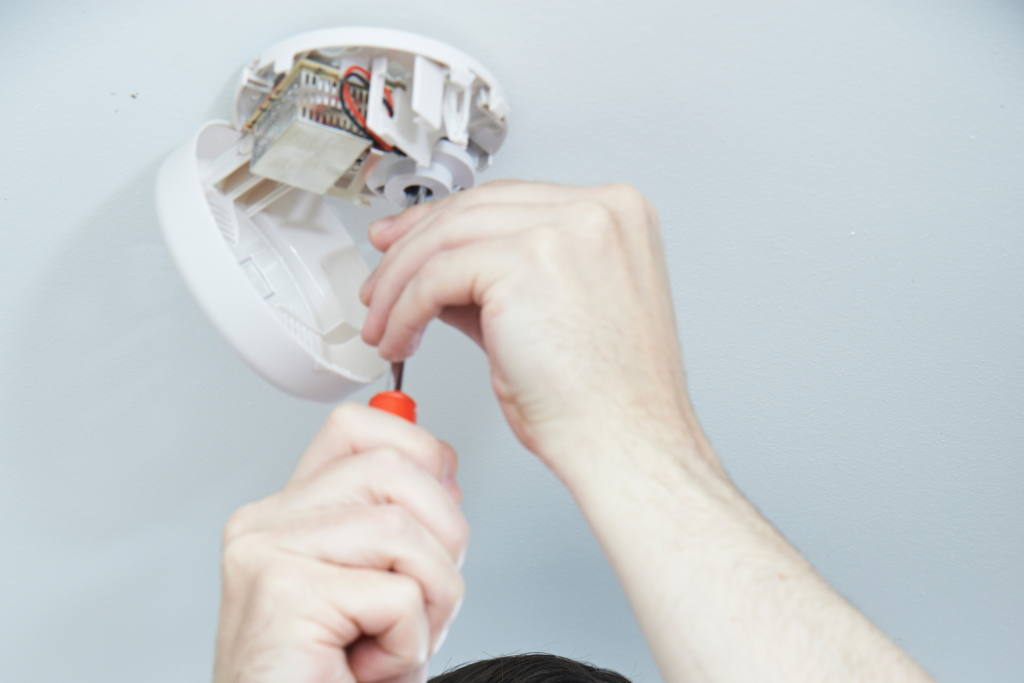Do Portable Air Conditioners Emit Carbon Monoxide (Or Other Exhaust?)
Thinking about getting a portable air conditioner for your home and worried about potential exhaust issues or carbon monoxide poisoning? Already have one and wondering whether or not portable air conditioners emit carbon monoxide or other dangerous gases?
Portable air conditioners do not produce carbon monoxide because they are powered by electricity rather than burning fuel such as wood, gasoline, diesel, kerosene, propane, or butane. If the manufacturer of your portable air conditioner requires that it be vented, it is to release warm air outside the house.
However, it’s important to be aware that some portable air conditioner models can operate on natural gas, which could potentially produce carbon monoxide if the unit is malfunctioning. Though these models are rare, always double-check your specific unit’s power source and take necessary precautions, such as installing a carbon monoxide detector in your home, to ensure safety.
Let’s dig a little deeper into this topic!
Do portable air conditioners produce carbon monoxide?
The answer to this question depends on what kind of portable air conditioner you have or are planning to buy.
If your portable air conditioner is an electrical appliance, it will not produce carbon dioxide under normal circumstances.
If your portable air conditioner is powered by natural gas or burning another fuel source, it is likely that it will produce carbon monoxide and must be vented properly to the outside of the home.
No, let’s look at some of the risks of carbon monoxide.

Carbon monoxide risks and detection
Carbon monoxide (CO) is a colorless, odorless gas produced by burning fuels. This is often associated with appliances such as cars, gas stoves, and furnaces.
The good news is that portable air conditioners, which use electricity as their power source, do not produce carbon monoxide. However, keep in mind that some portable air conditioner models can operate on natural gas, which can produce carbon monoxide if malfunctioning.
Although your portable air conditioner is not a direct source of carbon monoxide, it is essential to have a CO detector in your home. This is because other appliances may produce CO, and having a detector installed can alert you to any dangerous gas levels.

Can you get carbon monoxide poisoning from portable air conditioners?
Even though portable air conditioners themselves do not emit carbon monoxide, it’s crucial to recognize the symptoms of CO poisoning in the home and we always recommend installing some form of carbon monoxide detection in your home just in case.
Understanding the symptoms can help you identify a problem and take action quickly.
Here are the common symptoms of carbon monoxide poisoning:
- Headache
- Dizziness
- Nausea
- Shortness of breath
- Weakness
- Confusion
- Chest pain
- Unconsciousness
If you or someone in your household experiences these symptoms and suspect carbon monoxide poisoning, immediately evacuate the premises and call for emergency help.
To summarize, portable air conditioners using electricity do not produce carbon monoxide and, therefore, pose no direct risk of CO poisoning.
However, it’s essential to have a carbon monoxide detector installed and be aware of the symptoms associated with poisoning to ensure the safety of your household.
How to Properly Vent Portable Air Conditioners
Unless you have a portable air conditioner that has been specifically designed to be ventless and self-evaporating, it is essential to vent it for optimal performance and indoor air quality.
Proper ventilation helps eliminate condensation and maintains a comfortable, cool environment. Here are some steps to help you vent your portable air conditioner correctly:
Step 1: Choose a suitable venting location
Select an appropriate spot for your portable air conditioner, preferably near a window or vent opening. Make sure there’s enough space around the unit and access to an electrical outlet. Avoid placing the unit in tight corners or confined spaces where adequate airflow could be restricted.
Step 2: Install a window venting kit
Most portable air conditioners come with a window venting kit, which contains an exhaust hose, a window panel, and necessary attachments.
To install the window kit:
- Unpack the components and ensure you have everything needed to set up the venting system.
- Attach the exhaust hose to the portable AC unit, usually at the back of the device.
- Slide the window panel into the window opening, adjusting it to fit securely.
- Connect the other end of the exhaust hose to the window panel adapter.
- Close the window to create an airtight seal, ensuring the exhaust hose is firmly in place.
Step 3: Vent through an alternative opening (if necessary)
If a window is not available or suitable for venting, consider using a wall or roof opening. Keep in mind, though, that venting through a wall requires cutting a hole and may cause potential damage or require professional assistance.
Step 4: Maintain proper ventilation
Regularly check the exhaust hose and other venting components for any obstructions or damage. Clean any dust or debris from the air filter and inspect the HVAC system periodically to ensure smooth operation.
Proper ventilation minimizes the risk of pulling in contaminated air from the outside, including high levels of carbon monoxide.

Common sources of carbon monoxide in homes
Even if your portable air conditioner isn’t producing any carbon monoxide, there are MANY other potential sources of carbon monoxide in the home.
The most common ones are:
- Gas appliances
- Gas furnaces and other heating systems
- Generators and other gas-powered equipment
Gas appliances
Gas appliances, such as stoves, ovens, and water heaters, can be significant sources of carbon monoxide in your home, especially if they are not properly vented. Ensure that your gas appliances are well-maintained and check them regularly for gas leaks.
Some key points to consider include:
- Proper venting of the appliances to the outside
- Regular inspection of gas lines for leaks
- Ensuring the correct installation of natural gas detectors in your home
Gas furnaces and other heating systems
Furnaces and heating systems, especially those running on natural gas, can produce carbon monoxide if they are not functioning correctly or well-maintained.
To minimize the risk, follow these steps:
- Schedule regular furnace maintenance and inspections by a professional
- Check for and clear any blockages in vent pipes
- Install carbon monoxide detectors near sleeping areas and the furnace room
- Avoid using damaged or rusted vent pipes
Generators and other gas-powered equipment
Portable generators and other gas-powered equipment, such as lawnmowers and power washers, can produce carbon monoxide when in use.
To keep your home safe while using these devices, remember to:
- Operate them outside, far away from windows, doors, and vents
- Never use generators inside your home or garage, even with doors and windows open
- Check the exhaust system for any leaks or damage before using gas-powered equipment
- Store fuel in well-ventilated areas away from living spaces
By following these safety measures and being proactive in your maintenance, you can help keep your home safe from the dangers of carbon monoxide poisoning.

Safety measures to prevent carbon monoxide exposure
The good news is that there are lots of things you can do to both prevent carbon dioxide issues in your home as well as detect this dangerous gas if there is ever a leak.

Proper installation and maintenance
To prevent carbon monoxide (CO) exposure, it’s important that you have any gas appliances or other appliances that might produce CO installed and maintained by qualified technicians.
These professionals can ensure your equipment is functioning safely and efficiently.
Install carbon monoxide detectors
Installing carbon monoxide detectors in your home can provide an extra layer of safety against CO exposure. Place battery-operated CO alarms or those with battery backup on every level of your home and outside sleeping areas.
Ensure the detectors meet the requirements of the current UL 2034 safety standard. Regularly test and replace batteries in the detectors to keep them functioning effectively.
I always recommend replacing the standard smoke alarms in your home with new models that detect both smoke and carbon monoxide. These detectors are pretty cheap and will last a long time. Cheap insurance is always recommended!
My personal recommendation for a carbon monoxide detector is this one from First Alert – a trusted name in home safety!
Are portable air conditioners safe to breathe?
Yes, it is safe to breathe the air from portable air conditioners.
Is it safe to sleep with a portable air conditioner on?
Yes, it is safe to sleep with a portable air conditioner on provided that it is vented properly (if necessary) and there are no potential electrical issues.
Let Us Know How We’re Doing!
Did this expertly prepared resource answer your question?
Do you have another question about home maintenance, home improvement projects, home appliance repair, or something else?
Get more information, send in questions and keep the discussion going by contacting the I’ll Just Fix It Myself company customer service team at at 1-800-928-1490 or Email us at [email protected]
